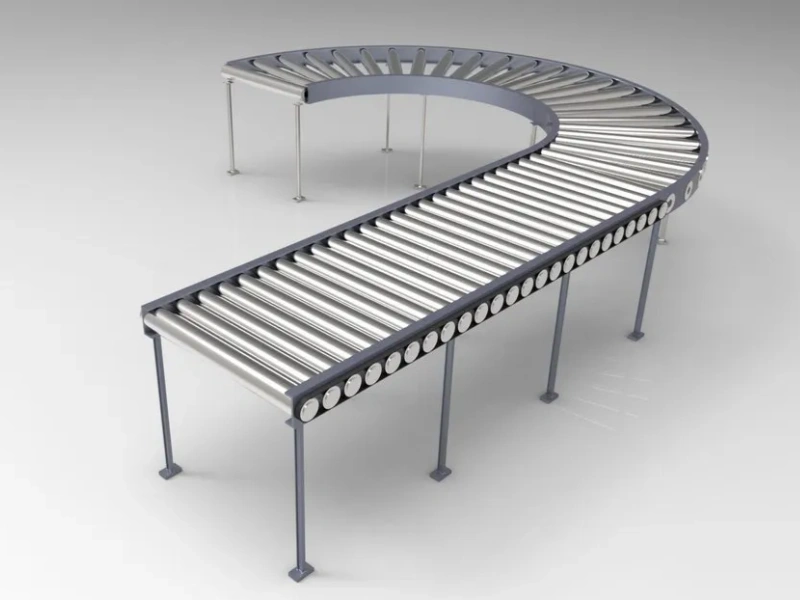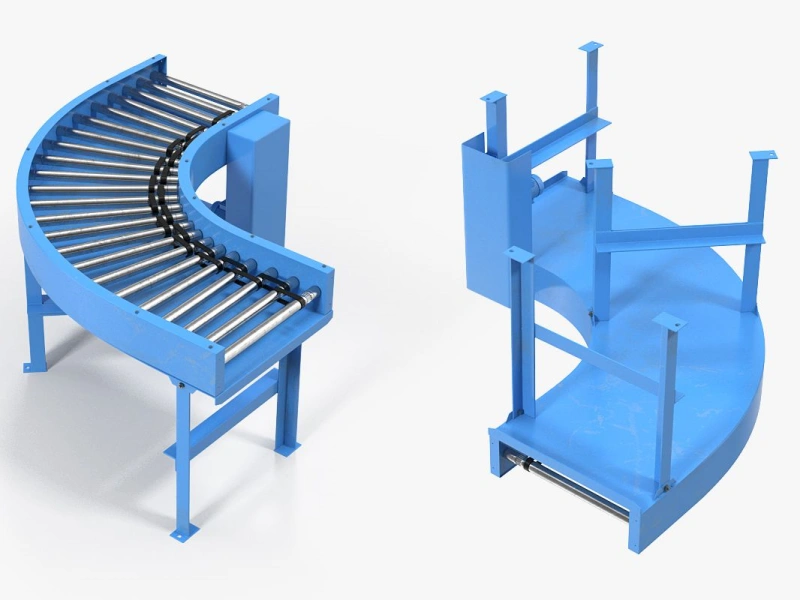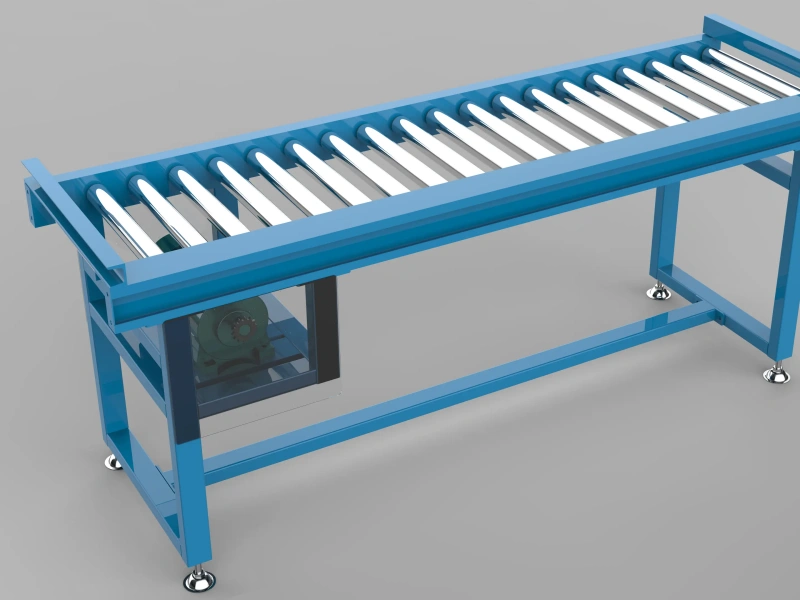
Roller Conveyor Safety Standard and Regulations
Roller conveyors, whether powered or gravity-fed, must adhere to strict safety standards to prevent injuries, equipment damage, and operational disruptions. These roller conveyor standards are typically defined by international and national safety organizations such as ISO, ANSI, OSHA, and EN regulations.
Main Safety Standards & Regulations
| Standard Code | Issuing Body | Description |
| ISO 13857 | ISO (International) | Safety distances to prevent hazard zones access (fingers, limbs) |
| ISO 12100 | ISO | General principles for machine safety and risk assessment |
| EN 619 | CEN (EU) | Safety and performance of continuous handling equipment (roller conveyors) |
| EN 60204-1 | CENELEC | Electrical equipment of machines – safety requirements |
| ANSI B20.1 | ANSI (USA) | Safety standard for conveyors and conveying equipment |
| OSHA 1926/1910 | OSHA (USA) | Workplace safety regulations applicable to conveyor systems |
Common Conveyor Safety Hazards
- Pinch points at roller-to-roller and roller-to-frame locations
- Entanglement risks from loose clothing or hair
- Trapping hazards between moving parts and fixed structures
- Falling items from inclined or unguarded systems
- Electrical hazards in powered conveyor systems
- Slip/trip hazards around loading/unloading zones
- Roller Conveyor Safety Requirements (Best Practices)

Mechanical Safety
| Item | Requirement |
| Guards and Covers | Fixed or interlocked guards over pinch points and drive areas |
| Stop Devices | Easily accessible emergency stop buttons or pull cords |
| Roller End Gaps | Minimized to prevent finger entrapment |
| Side Rails/Guides | Prevent items from falling off conveyors |
| Load Limits | Clearly marked; never overload conveyors beyond rated capacity |
Electrical Safety
| Item | Requirement |
| Lockout/Tagout (LOTO) | Required during maintenance or repair |
| Motor Overload Protection | Prevents overheating and damage |
| Emergency Stop Circuit | Should cut power to all conveyor sections immediately |
| Grounding & Insulation | To prevent shocks and short circuits |
Operational Safety
| Item | Requirement |
| Training for Operators | Proper use, hazards, emergency protocols |
| Signage and Warnings | Clear danger or caution labels at hazardous points |
| Restricted Access | No unauthorized personnel near running conveyors |
| Personal Protective Equipment (PPE) | Gloves, safety shoes, and no loose clothing |
| Maintenance Logs | Regular inspections and records maintained |
Conveyor System Design Considerations
- Comply with risk assessment protocols (ISO 12100)
- Design access points for safe maintenance and cleaning
- Ensure adequate lighting and visibility
- Include start-up warning signals (e.g. buzzer + lights)
- Maintain safe speed limits for manual zones (< 30 m/min in many standards)

Checklist: Conveyor Safety Inspection
- Guards installed on all pinch points
- Emergency stops tested and functional
- Conveyor labeled with max load and speed
- Safety signage in visible locations
- No exposed wiring or loose connections
- Operator trained and certified
- Maintenance schedule followed
Would you like:
- A roller conveyor safety compliance checklist (PDF or Excel)?
- A drawing with labeled safety components?
- Recommendations based on OSHA/ANSI for your region?
Let me know how I can support your conveyor safety planning.


Leave Me Your Requirement!